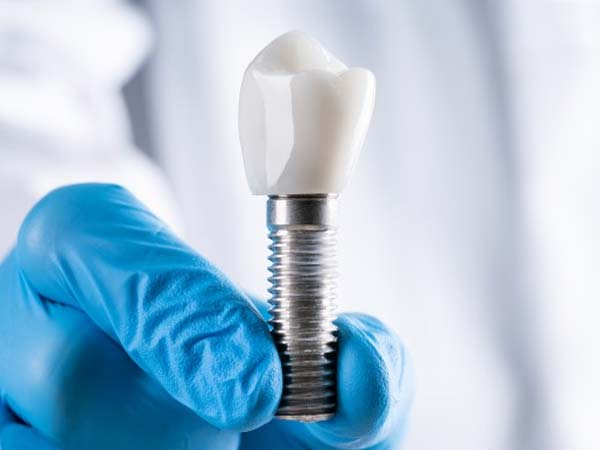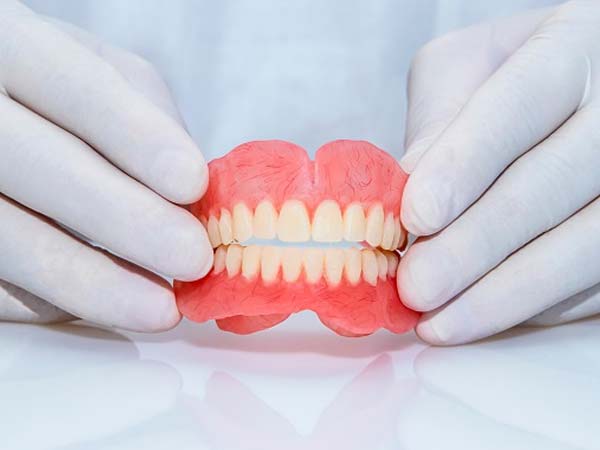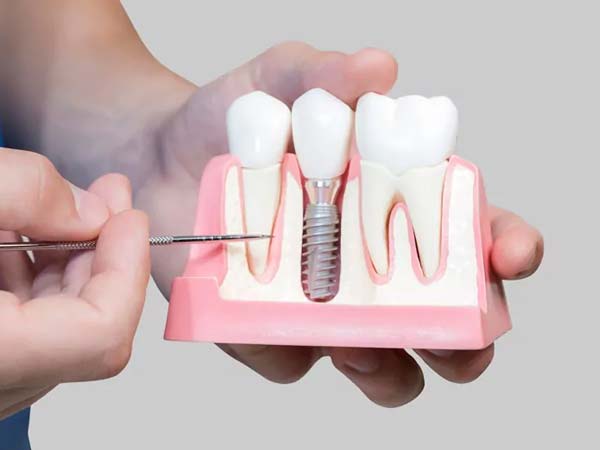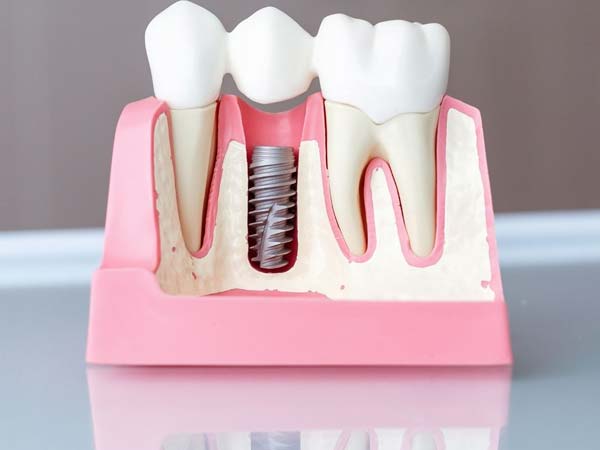
Zygomatic Implants: A Reliable Solution for Complex Dental Cases
Zygomatic implants are advanced dental implants designed to provide a stable and effective solution for individuals with severe bone loss in the upper jaw. When traditional dental implants cannot be placed due to insufficient bone density, zygomatic implants offer an alternative approach, anchoring in the zygomatic bone (cheekbone) to support dental restorations. Let’s explore the details of zygomatic implants and how they can restore your smile and oral function.
Understanding Zygomatic Implants:
- What are Zygomatic Implants? Zygomatic implants are longer and specially designed dental implants that utilize the dense zygomatic bone for support. They are placed in the cheekbone, extending from the posterior region of the maxilla (upper jaw) to the area of the missing teeth.
- Who can benefit from Zygomatic Implants? Zygomatic implants are an ideal solution for individuals who have experienced significant bone loss in the upper jaw, making it challenging to receive traditional dental implants. This condition may be caused by factors such as long-term tooth loss, trauma, or severe gum disease.
- Advantages of Zygomatic Implants: Zygomatic implants offer several advantages, including:
- Eliminating the need for bone grafting: Unlike traditional implants that require bone grafting procedures to build up the jawbone, zygomatic implants utilize the existing zygomatic bone, avoiding the need for additional surgical procedures.
- Efficient and streamlined treatment: The placement of zygomatic implants can often be completed in a single surgical procedure, reducing the overall treatment time compared to other options.
- Enhanced stability and support: The use of zygomatic bone provides a strong foundation for dental restorations, ensuring stability and longevity.
- Immediate restoration: In many cases, zygomatic implants can support immediate or early loading, allowing for the attachment of temporary or permanent teeth shortly after the implant placement.
The Zygomatic Implant Procedure:
- Comprehensive Examination and Treatment Planning: Your dentist will perform a thorough examination, which may include 3D imaging techniques, to assess your oral condition and determine if zygomatic implants are suitable for you. A customized treatment plan will be created based on your specific needs.
- Implant Placement: Under local anesthesia or conscious sedation, the zygomatic implants will be placed into the zygomatic bone. Depending on the case, additional regular dental implants may also be inserted in the anterior region of the maxilla for added support.
- Restoration: After a healing period, during which the implants integrate with the bone, your dentist will attach custom-made dental restorations, such as implant-supported bridges or dentures, to the zygomatic implants. These restorations will provide you with a functional and aesthetically pleasing smile.
Post-Treatment Care:
- Follow your dentist’s post-operative instructions, including proper oral hygiene practices, medications, and any dietary restrictions.
- Attend regular check-ups to monitor the healing process and ensure the long-term success of your zygomatic implants.
- Maintain good oral hygiene by brushing and flossing regularly and using recommended antimicrobial mouthwashes.
- Avoid excessive pressure on the implant area, such as chewing on hard or sticky foods, to prevent any complications.
FAQs (Frequently Asked Questions)
- Are zygomatic implants a permanent solution? Zygomatic implants are designed to be a long-term solution for individuals with severe bone loss. With proper care and maintenance, they can provide a permanent solution for replacing missing teeth.
- Is the placement of zygomatic implants painful? The procedure is typically performed under anesthesia, ensuring your comfort throughout the process. You may experience some mild discomfort and swelling following the surgery, which can be managed with prescribed pain medications.
- Can zygomatic implants be used for both the upper and lower jaw? Zygomatic implants are primarily used in the upper jaw due to the specific anatomy of the zygomatic bone. In the lower jaw, traditional dental implants are typically utilized.
- How long does the entire zygomatic implant treatment take? The treatment timeline can vary depending on individual factors, including the complexity of the case and the need for any additional procedures. Generally, the entire process, from consultation to final restoration, can take a few months.
- Are zygomatic implants more expensive than traditional implants? Zygomatic implants may involve a higher cost compared to traditional implants due to their specialized design and the complexity of the procedure. However, they offer a viable solution for individuals who would otherwise require extensive bone grafting or additional treatments, which can also contribute to overall costs.



























